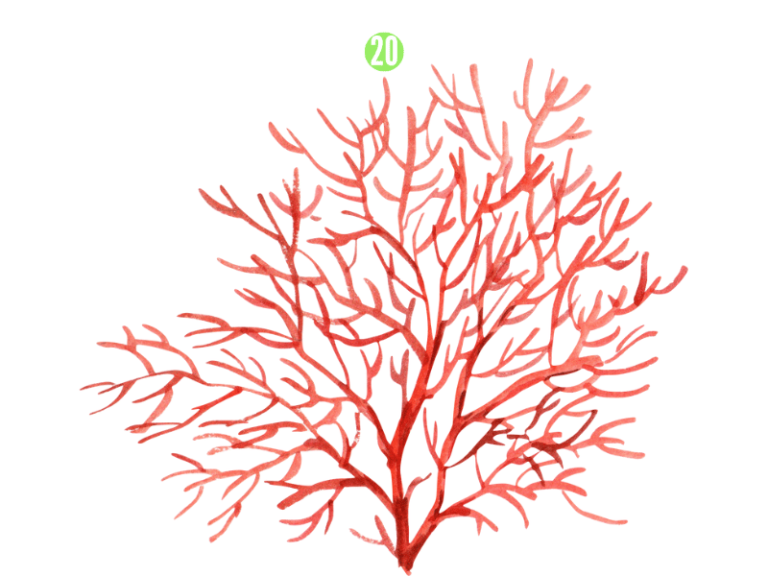People often consider coral and agate as gemstones, as if they were minerals. However, unprocessed natural coral appears branch-like, which is why people worldwide, not just in China, have historically thought coral was a plant. As late as the 18th century, some even regarded the coral’s tentacles as flowers, believing it to be a significant discovery. But now, anyone who has studied zoology knows that coral is an animal—albeit a lower form of animal. The term “coral” encompasses many species that share common traits, such as living in the sea, particularly in warm, fast-flowing, clean waters. Most corals reproduce by budding, with the buds remaining attached, eventually forming a connected colony, which is the main reason for their branch-like shape. Each individual unit of coral is called a “coral polyp.” The corals we typically see are the skeletons left after the polyps’ flesh has decayed. Some skeletons are rough and can be used for lime production and as raw materials for artificial stone, while higher-quality skeletons can be used in construction. The coral reefs commonly seen in the sea are mostly composed of these skeletons. Some skeletons are dense and brightly colored, especially the highly prized red ones, which are considered gemstones and carved into various ornaments.
China produces various types of coral from Taiwan to the Nansha Islands.

